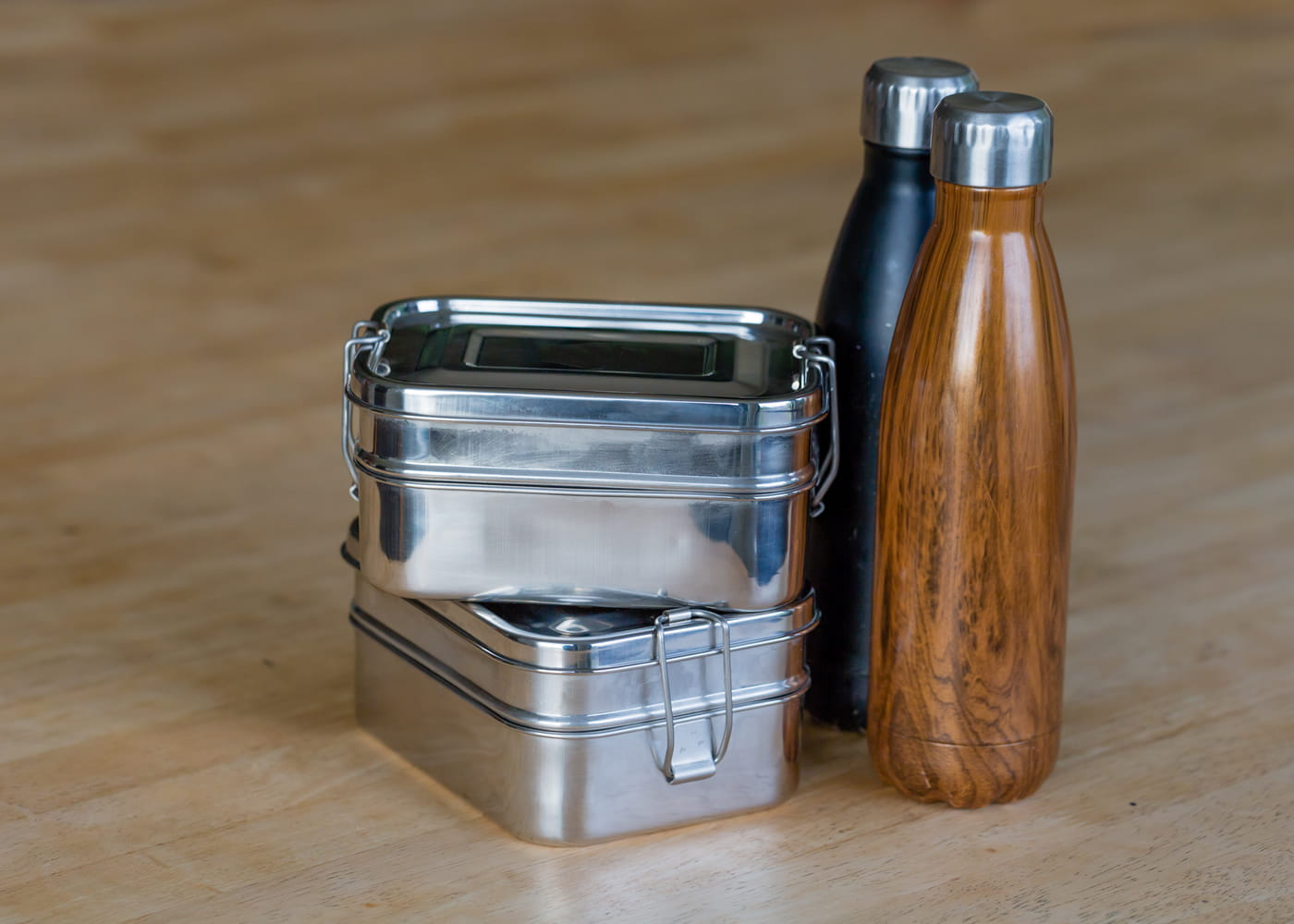Reducing Loads and Cost With Zero Landfill

Heritage has been a company of experts in waste for almost 50 years and has been working with manufacturers on recycle / landfill / waste-to-energy (WTE) options for almost two decades. We collaborate with customers to understand their business, work our way upstream and truly take a hands-on approach to sustainability mapping. From there, it’s straightforward: reduce, reuse, recycle — in that order.
We encourage generators to REDUCE their waste streams when possible. Preventing or minimizing residual waste and byproducts, while ensuring production standards are consistently met, is the first best step. Making an investment in engineering efforts, using alternative solvents and solutions, and taking even simple ergonomic actions can make an impact.
Real-World Zero Waste Tip: Reduce
A manufacturer’s supplier of input materials can sometimes be flexible in the type or amount of packaging that they use to send components. Ask them!
A manufacturer’s supplier of input materials can sometimes be flexible in the type or amount of packaging that they use to send components. Ask them!
The next step is to REUSE any byproducts. Often what ends up in a recycling stream can have internal uses at the site - removing it as a waste all together. We work with customers to ensure the reuse strategy works within their site’s boundaries (labor, logistics, process, real estate space, etc.).
Real-World Zero Waste Tip: Reuse
Reverse osmosis systems membrane filters can recover more than 75% of process wash water. And the reject can then be filtered again to recapture 95%.
Reverse osmosis systems membrane filters can recover more than 75% of process wash water. And the reject can then be filtered again to recapture 95%.
Lastly, RECYCLE or compost everything possible before looking to WTE as the final treatment method. WTE for a small remainder of waste is a good, sustainable option, to incinerate material as a fuel source to generate electricity.
Real-World Zero Waste Tip: Recycle
On-site chippers, shredders, or balers can help increase options for recyclable materials and decrease transportation loads (reducing cost).
On-site chippers, shredders, or balers can help increase options for recyclable materials and decrease transportation loads (reducing cost).
What Does it Cost?
There are a lot of site-specific factors that impact the cost of going Zero Waste. A trusted environmental solutions provider can help generators find cost savings in the “reduce” and “reuse” options, as well as the associated landfill disposal fee avoidance to outweigh any inevitable WTE cost.Unfortunately, a decline in recycling markets in the past year has made it more difficult to realize an income stream from selling recyclable materials. However, even a reduced income can often offset the shipping costs to transport the material to the recycler.
While the investment to go Zero Waste may initially seem overwhelming, the environmental improvements and progress towards a more sustainable world make it worth the cost. Partnering with a total waste management provider who understands the challenge and is dedicated to helping you reach your goals can help make the process easier to navigate.
More About Heritage Environmental Services
Heritage has a diverse industrial and commercial customer base and has been able to adapt to the changing environmental standards and definitions across North America and the world, proven by helping over 200 facilities achieve ZWTL, including two automotive customers become the first in achieving ZWTL in the United States (2004) and Mexico (2016). To learn more about what Heritage can do for you, please visit www.heritage-enviro.com.
Topics:
Waste & Recycling
Zero Waste
Tags:
Sponsored
